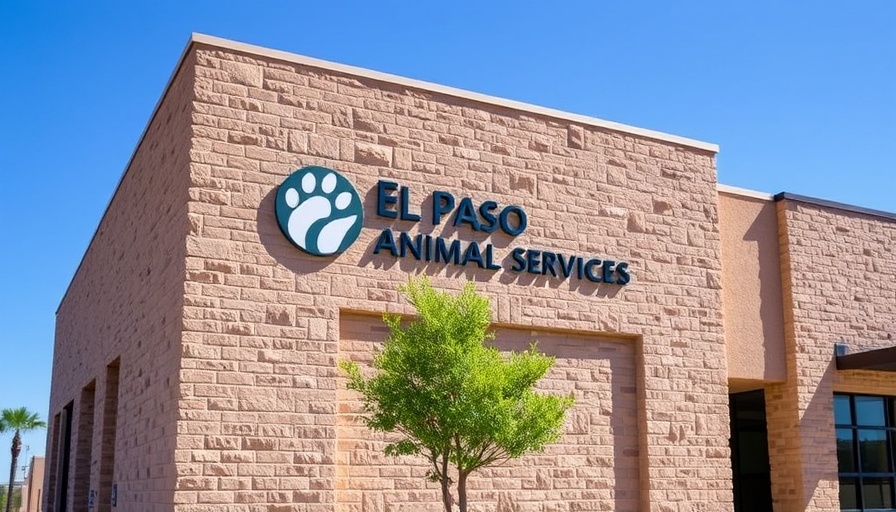
Understanding El Paso's Community Sheltering Approach
The city of El Paso’s Animal Services has gained attention for its community-first approach to animal care. Instead of merely increasing shelter intakes, their strategy emphasizes community-based solutions such as fostering found pets. According to the Animal Services operational manual, this method is intended to promote better reunification rates for stray animals, providing a more humane solution for the city’s furry residents.
Fostering Versus Shelter Intake: A Paradigm Shift
On August 31, 2025, there were over 900 dogs and cats in the city shelters, significantly overshadowed by the 2,440 animals being fostered by the community. This dramatic difference illustrates how encouraging citizens to foster animals allows the shelter to focus on immediate medical needs, while also enabling healthier, happier outcomes for the pets involved.
Critical Insights on Owner Surrenders
The operational manual outlines specific protocols for owner surrenders, mandating a counseling session and a 30-day rehoming attempt before pets are accepted at the shelter. This requirement not only fosters a sense of responsibility among pet owners but also strives to keep families united, thus highlighting the city’s commitment towards community involvement.
The Impact of Community Cats Initiatives
An innovative program encourages the public to return untipped stray cats back to their habitats, instead of bringing them to the shelter. This initiative not only helps in managing the stray population but also allows residents to be actively involved in the welfare of animals in their neighborhood. The approach emphasizes collaboration between Animal Services and the community to address animal welfare holistically.
Final Thoughts on Animal Welfare Practices in El Paso
El Paso's progressive model for animal services underscores a growing trend among municipalities to engage their communities as partners in animal welfare. As we continue to observe these shifts, it becomes increasingly clear that community sheltering strategies may serve as a reference point for other cities aiming to improve their animal welfare practices.
 Add Row
Add Row  Add
Add 




Write A Comment